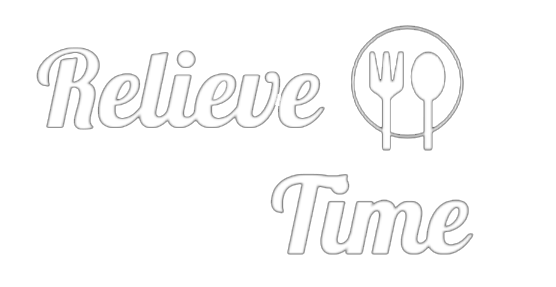How the Best Sparkling Wines are Made
All wines sparkle at some point in their production because carbon dioxide is a byproduct of fermenting sugar into alcohol. However, sparkling wine as we know it was an innovation of the 19th century that was pioneered in the Champagne region of France, just north of Burgundy. The key to their success was to subject a base wine made from underripe grapes to a second fermentation in a technique that was once known as the Champagne Method, but is now formally called the Traditional Method.
Why do winemakers go to so much trouble? The results are worth the effort:
The Traditional Method is laborious and time consuming. But it is still used for all of the world’s best sparkling wines, because of the unrivalled quality of its resulting wines. Aging the wine on its lees in each bottle – after the second fermentation and before is disgorged – plays a key role in enhancing texture and enriching flavor through contact with yeast sediments. All French Champagnes must age at least 18 months sur lies, while prestige bottlings may age up to 10 years. In other regions, a similar pattern is followed, but the aging periods may or may not be regulated. Some less-expensive sparkling wines, like prosecco or moscato, are made by other methods that are considerably faster and simpler, but their results are commensurately lower in quality.
Feature photo by Aleisha Kalina on Unsplash.
Marnie Old is one of the country’s leading wine educators. Formerly the director of wine studies for Manhattan’s French Culinary Institute, she is best known for her visually engaging books published by DK – such as Wine: A Tasting Course. Marnie currently serves as director of vinlightenment for Boisset Collection. Read her recent piece, An Easy Way to Categorize Red Wines.
.
The post How the Best Sparkling Wines are Made appeared first on Beverage Information Group.
